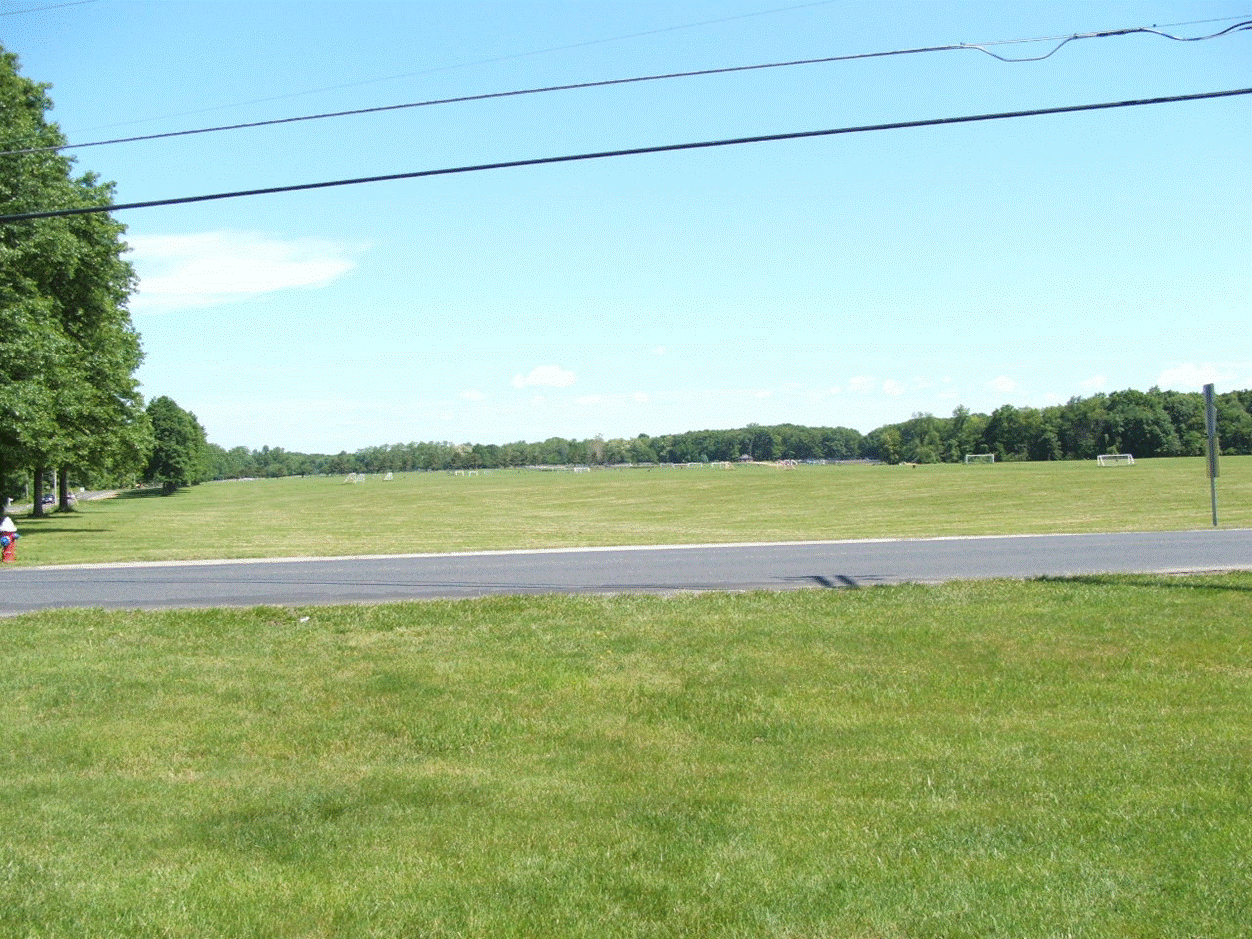|
The most significant transition affecting Bethel came
in 1747 with the onset of the terminal illness that took David Brainerd’s life in October of that year. In 1746, he
had traveled once again to the Forks of the Delaware and to the Susquehanna valley to maintain a religious presence with the
Delaware residing there. He returned to New Jersey too exhausted to continue his work there, and traveled to New England to
recover his physical strength. In July, 1747, he stayed at the home of Jonathan Edwards, a leading light of the Great Awakening
and the father of Brainerd’s intended fiancÚ. Touchingly, but sadly, Jerusha Edwards who tended to David for the several
months leading up to his death in October, died of tuberculosis a few months later. Jonathan Edwards was so inspired by the
work of this young man that he published Brainerd’s diary, an autobiography that still inspires Christian missionaries
to this day.
With David too ill to continue at Bethel, he arranged for his
younger brother, John, to assume his duties as missionary to the Indians. From John Brainerd’s accounts, we learn that
the new settlement in 1747 was called Bethel and that in all, one hundred and sixty people resided there and that there were
forty acres of English grain and forty acres of Indian corn.
Jonathan Edwards was a strong supporter of missionary work, and sought to
increase the level of such work among all tribes within the northeast, including the Iroquois of New York. As preparation
for two young prospective missionaries, Job Strong and Elihu Spencer, Edwards sent them to Bethel to gain experience from
a successful mission community. In one January 1748 letter, Strong described Bethel to his parents in a letter:
Bethel in New Jersey, Jan. 14, 1748.
Honoured and dear Parents,
After a long and uncomfortable journey, by reason of bad weather, I arrived at Mr. Brainerd’s the sixth
instant; where I design to stay this winter: and as yet, upon many accounts, am well satisfied with my coming hither. The
state and circumstances of the Indians, spiritual and temporal, much exceed what I expected. I have endeavoured to acquaint
myself with the state of the Indians in general, with particular persons, and with the school, as much as the short time I
have here would admit of. And notwithstanding my expectations were very much raised, from Mr. David Brainerd’s Journal,
and from particular informations from him; yet I must confess, that in many respects they are not equal to that which now
appears to me to be true, concerning the glorious work of divine grace amongst the Indians.
Strong went on to describe the settlement as a town, and also noted that the Indians worshipped not only in the church,
but in their homes, and secretly in the woods. He was amazed that the school was full of children doing all of their assigned
work, and on occasion, seeing children at home diligently studying their books. The school master was Ebenezer Hayward, of
whom little is known, although he may have been born in Concord, Massachusetts in 1719. Hayward, along with John Brainerd,
purchased eighty acres of land adjoining Bethel in May, 1747. Upon his death in 1750, Brainerd served as executor to his estate
and acquired sole interest in their joint property. Hayward’s role as schoolmaster was taken over by Stephen Calvin,
a Delaware convert. Calvin would continue as schoolmaster at the later Brotherton Reservation that succeeded the Bethel settlement.

|
| Site of Bethel; Monroe Township, New Jersey |
|

